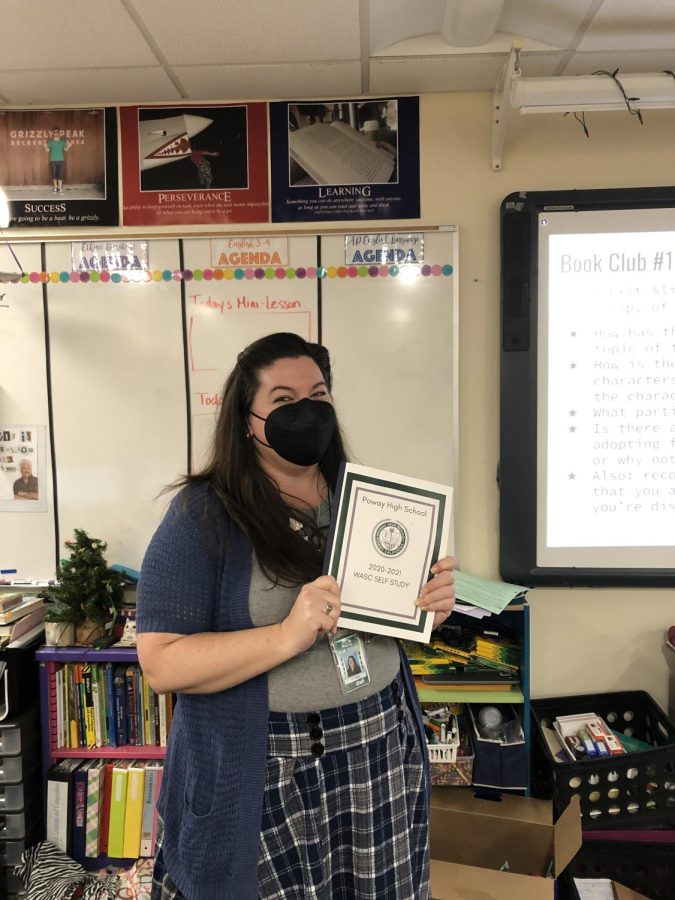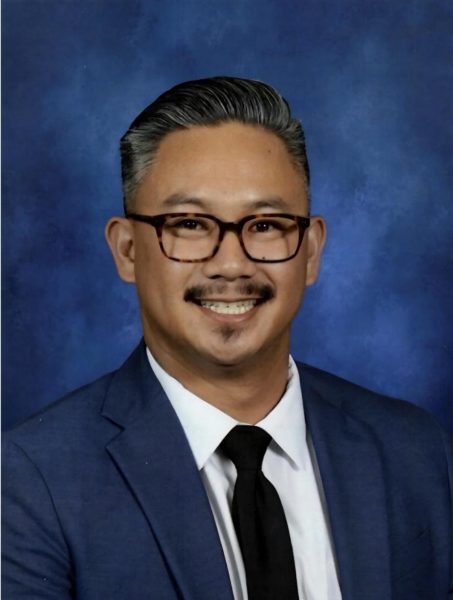Reflecting on the past and preparing for the future
WASC inspection assesses school’s progress as an educational institution
The Western Association of Schools and Colleges (WASC) accreditation is a big deal to high schools throughout California. This accreditation ensures that the school is a trustworthy institution that is growing and providing the best possible education to their students. Colleges require that students graduate from accredited schools.
WASC conducts a review every 6 years, and from Jan. 9 to Jan. 12, Poway High went through this process. “It is a learning opportunity from educators around the state,” principal Richard Nash said. “I am excited to get some great focus from the school for the next six years.”
The team of WASC visitors conducted their research by holding interviews with students, teachers, and staff and by observing classes. During their interviews, they asked a variety of questions that help them get a better understanding of the school’s progress.
Senior Robert Crawford gave one of the WASC officials a tour around the school while answering questions about the student experience and what was being done on campus to address growth areas.
“I was one of the first Poway students the WASC members got to meet, so I was responsible for creating a good impression and showcasing the role of leadership on our campus,” Crawford said. “My role was to show what our school does and give a glimpse into the life of a student.”
Without a WASC accreditation, a school is unable to distribute official diplomas, so gaining accreditation is very important. This process also recognizes the growth and progress the school has made since the last WASC inspection, and informs the school of what they have done well. “It is an opportunity to celebrate all that we do,” Nash said.
Teacher Katie McMillan was part of the team that made the 212-page “self-study” book that gave the WASC team a rundown before they visited the school.
“The WASC sets forth criteria for an effective school, and each school who goes through this process has to sit down and say how they are doing things. You have to report what your school is doing, and provide evidence and data to show where proof can be found. We also create goals for the future and plans for addressing those goals,” McMillan said. “The committee here this week is here to check and make sure that all the data we provided them in the self-study book is accurate.”
At the end of the inspection, the WASC team provided the staff with a summary of the things they had been doing well and the things they needed to work on over the next few years, providing them with three critical areas to follow up.
The first of these three areas is improving UC A-G completion rates with an emphasis on closing the achievement gap for English Language Learners, Special Education students, and all other students at the margin. “If we really want to move our A-G rates, we need to make sure we have enough counseling support for all students to get into that space, and equally important is we are looking at those who are least successful and wrapping them into this plan,” Nash said.
The second area is working to create a safer and more equitable campus in and out of the classroom. Through a plan of action that fosters meaningful relationships with students, administrators want to increase students’ feelings of safety and belonging on campus. “Homeroom is a great place for us to do the equity and inclusion work we want to do as a district,” Nash said. “It is a prime opportunity for both students and staff to develop relationships so that when there are struggles, we have the ability to examine it.”
Continuing to improve instruction and assessment practices is the third area of improvement. Increased professional development time would be used to evaluate and examine teaching practices, allowing staff to compare their class’s standards to the state’s required standards. “We want to make sure that all students have equitable access in all classrooms. We try and create some benchmarks where teachers have the ability to look at an exam that is aligned to the standards rather than to a chapter so that they can see where kids are in their progress and see what they might need to do in their instruction to improve them as they go forward,” Nash said
Nash said that he and the administrative staff feel optimistic about the outcome of the inspection, and await the official report that will arrive towards the end of January.




